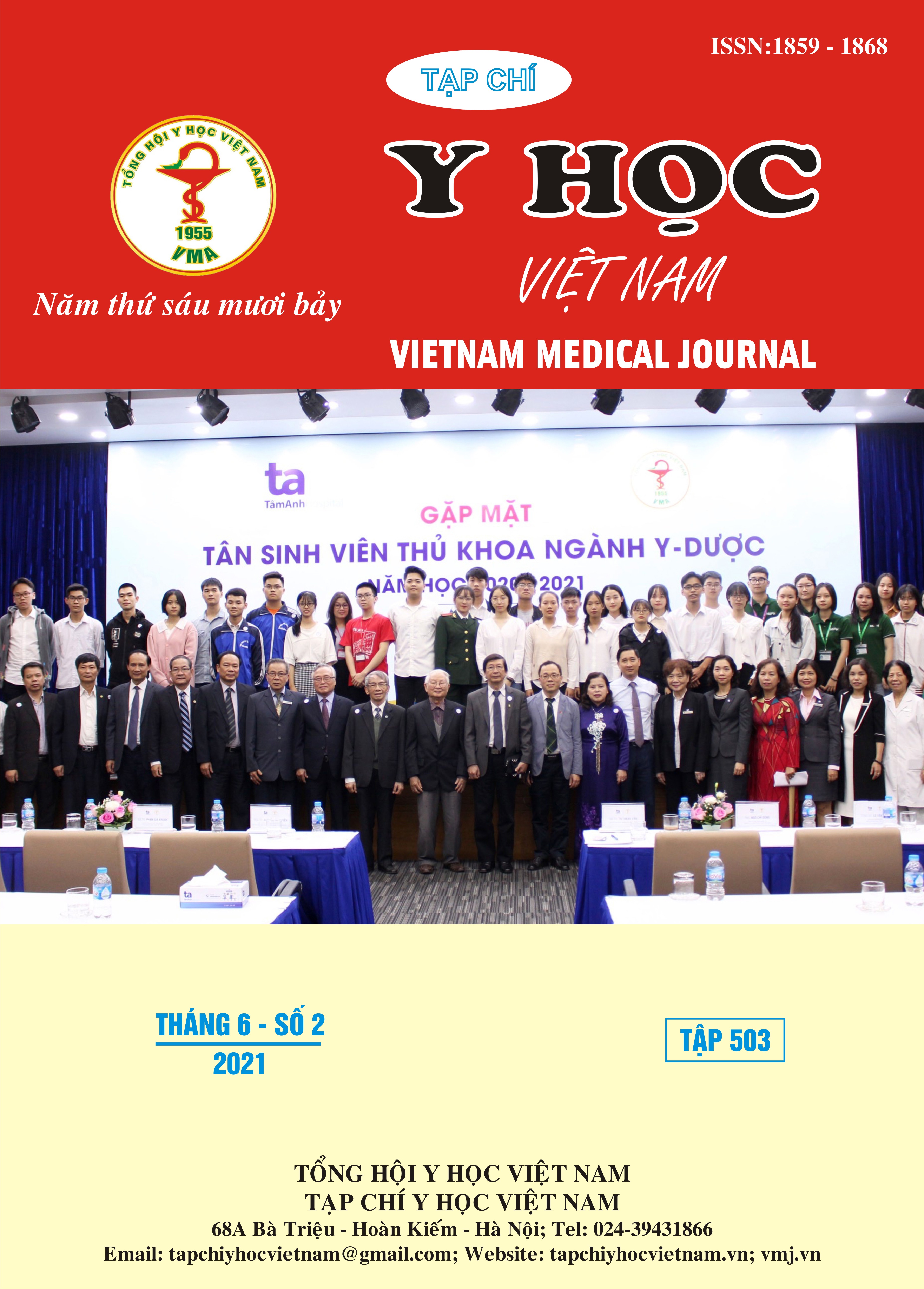EFFECT OF DIRECT PULP CAPPING USING CALCIUM SILICATE BASED MATERIAL (BIODENTINETM) IN MATURE PERMANENT TOOTH WITH IRREVERSIBLE PULPITIS
Main Article Content
Abstract
Objectives: Evaluation of effect of direct pulp capping using calcium silicate based material (BiodentineTM) in mature permanent tooth with irreversible pulpitis. Methods: A 24-year-old female patient presented with a main complaint of severe spontaneous and lingering pain in tooth number 46, occurring several times over the previous two weeks. Based on the clinical and radiographic examinations, tooth was diagnosed with irreversible pulpitis. The tooth was anaesthetized before placement rubber dam for isolation. Decayed tissues were removed using a sterilized high-speed round bur under water coolant. The bleeding was arrested after about two minutes by gently pressing a sterile cotton pellet soaked in 2,5% sodium hypochlorite. The exposed pulp was capped with BiodentineTM. The tooth was finally restored with resin composite after one month. Results: The patient reported the mild pain occurred for the first post treatment day, but pain was soon alleviated. Clinical and radiographic evaluation was completed at 6 months and 2 year postoperatively. The patient had no complaint about the tooth, positive responses to cold and electric pulp tests, and periapical radiographs showed no periapical lesion after one year. Conclusion: The direct pulp capping using BiodentineTM in mature permanent tooth with irreversible pulpipis can be an alternative option to root canal therapy.
Article Details
Keywords
BiodentineTM, direct pulp capping, irreversible pulpitism, vital pulp therapy
References
2. Bjørndal, L.; Reit, C. Endodontic malpractice claims in Denmark 1995–2004. International endodontic journal 2008, 41, 1059-1065.
3. Aguilar, P.; Linsuwanont, P. Vital pulp therapy in vital permanent teeth with cariously exposed pulp: a systematic review. Journal of endodontics 2011, 37, 581-587.
4. Matsuo T, Nakanishi T, Shimizu H, Ebisu S. A clinical study of direct pulp capping applied to carious-exposed pulps. J Endod 1996;22:551–6.
5. Tran, X.V.; Gorin, C.; Willig, C.; Baroukh, B.; Pellat, B.; Decup, F.; Opsahl Vital, S.; Chaussain, C.; Boukpessi, T. Effect of a calcium-silicate-based restorative cement on pulp repair. Journal of dental research 2012, 91, 1166-1171.
6. Pradelle-Plasse, N.; Tran, X.V.; Colon, P.; Laurent, P.; Aubut, V.; About, I.; Goldberg, M. Emerging trends in (bio) material research. Biocompatibility or Cytotoxic Effects of Dental Composites, 1st ed. Oxford, UK: Coxmoor Publishing Company 2009, 181-203.
7. Tran, X.V.; Salehi, H.; Truong, M.T.; Sandra, M.; Sadoine, J.; Jacquot, B.; Cuisinier, F.; Chaussain, C.; Boukpessi, T. Reparative mineralized tissue characterization after direct pulp capping with calcium-silicate-based cements. Materials 2019, 12, 2102.
8. Ricucci, D.; Loghin, S.; Siqueira Jr, J.F. Correlation between clinical and histologic pulp diagnoses. Journal of endodontics 2014, 40, 1932-1939.


